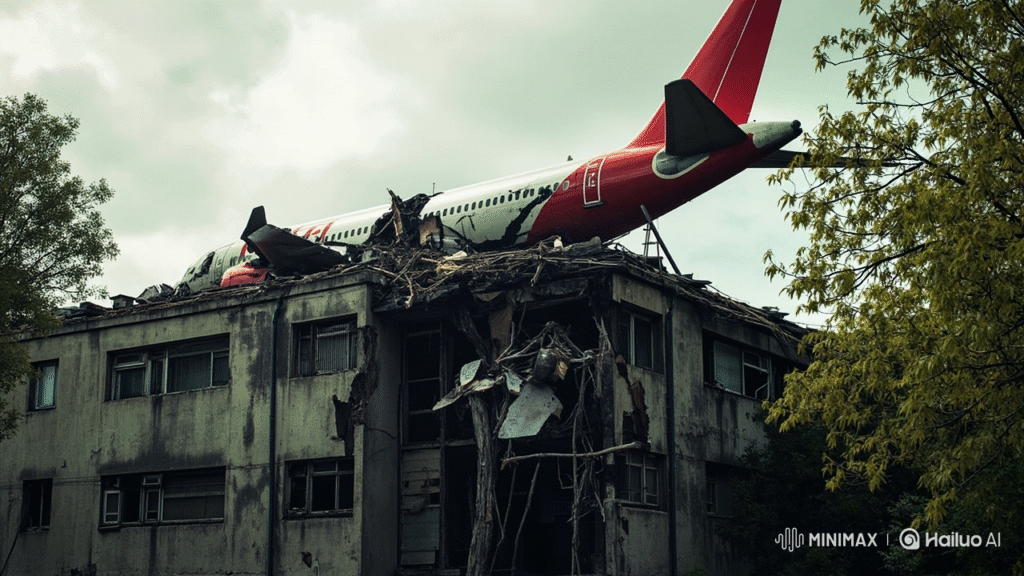
Ahmedabad, India – A key breakthrough in the investigation into the tragic Air India plane crash has emerged, with India’s Civil Aviation Minister Ram Mohan Naidu Kinjarapu confirming that the aircraft’s black box has been recovered. The discovery came within 28 hours of the incident and marks a significant step in uncovering what caused the disaster that claimed hundreds of lives.
The crash occurred just seconds after take-off from Ahmedabad’s Sardar Vallabhbhai Patel International Airport on Thursday, when the London-bound Air India flight AI171 went down in a densely populated residential area. The Boeing 787 Dreamliner was carrying 242 people on board—only one passenger survived.
According to an official speaking to the BBC, at least eight individuals on the ground were also killed, bringing the total fatalities to at least 249.
Crucial Discovery in the Investigation
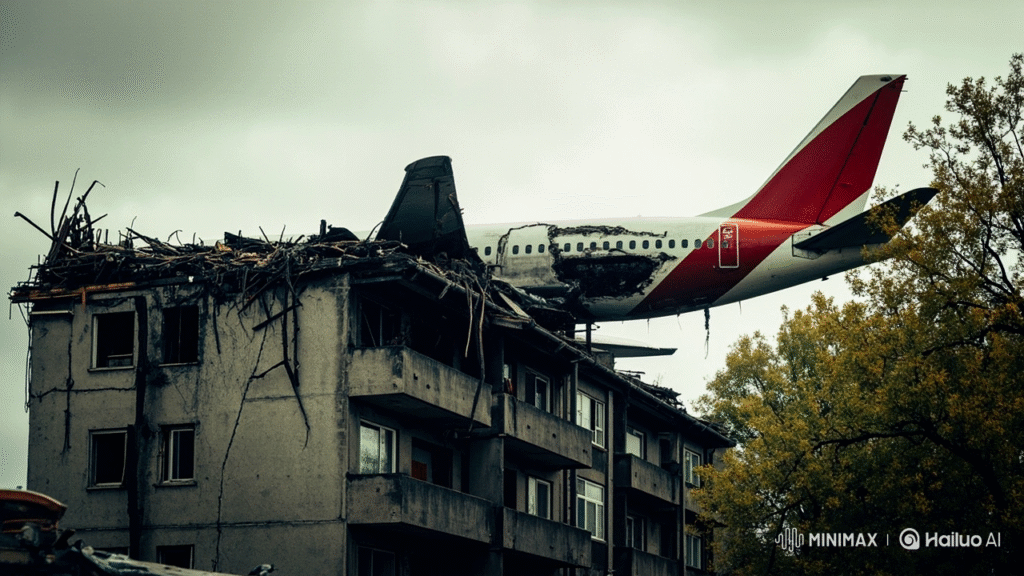
The Aircraft Accident Investigation Bureau (AAIB), India’s top aviation probe authority, is leading the investigation with support from international teams, including experts from the US and the UK. The black box, which consists of the flight data recorder and cockpit voice recorder, is expected to provide critical insights.
“Recovering the black box marks an important step forward in the investigation,” Kinjarapu stated, adding that the data will “significantly aid the inquiry.”
Modern aircraft carry two primary black boxes: one that records operational flight data—such as altitude, speed, and heading—and another that captures cockpit audio. Together, they can help investigators reconstruct the final moments before the crash and determine if any mechanical or human errors occurred.
Boeing, the manufacturer of the downed aircraft, has pledged full cooperation. CEO Kelly Ortberg said the company is “fully committed to supporting the investigation.”
Flight AI171’s Tragic Journey
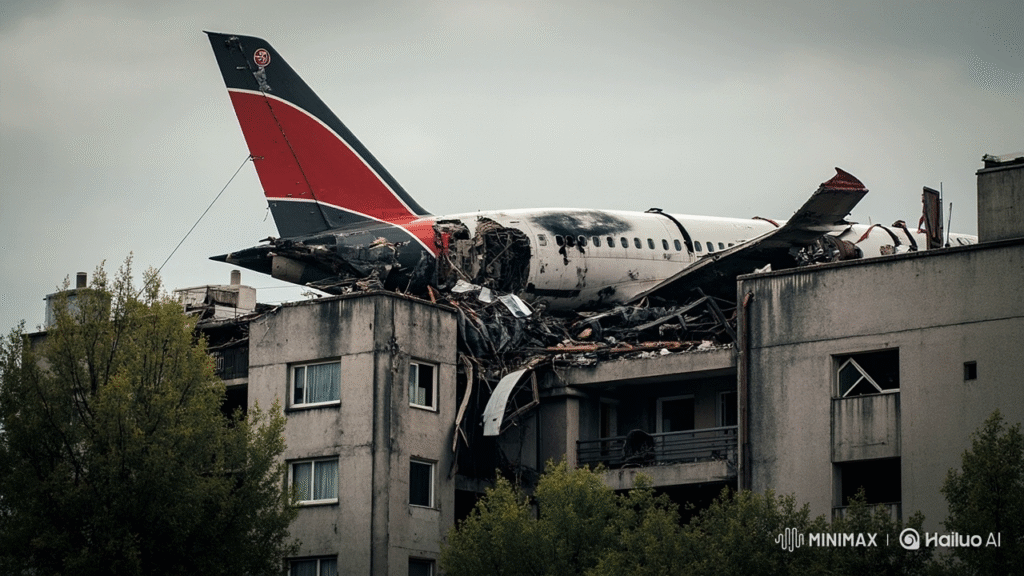
Flight AI171 was scheduled to depart Ahmedabad at 13:39 local time (08:09 GMT) and land at London’s Gatwick Airport at 18:25 BST. Onboard were 169 Indian nationals, 53 Britons, seven Portuguese citizens, and one Canadian.
Less than a minute after take-off, the aircraft plunged into Meghani Nagar, a neighborhood lined with apartment buildings and educational campuses. The resulting devastation left a wide trail of destruction, with debris scattered across more than 200 meters (656 feet).
Photos from the site show blackened aircraft parts, including the wing and tail, embedded in buildings. Emergency responders worked tirelessly to recover bodies and clear wreckage while keeping bystanders at a distance.
Survivor’s Miracle Escape
In a miraculous turn, 40-year-old British national Vishwashkumar Ramesh survived the crash. Seated in 11A, he sustained burns on his left hand but managed to unbuckle his seatbelt and escape the burning wreckage.
“I still cannot believe how I made it out alive,” Ramesh told India’s DD News. “At first, I thought I was going to die. I opened my eyes, unfastened my seat belt and tried to exit the plane. I saw the crew and passengers die in front of me.”
Ramesh is currently being treated at a local hospital.
Families Await Confirmation
Many families remain in agonizing suspense, awaiting confirmation about the fate of their loved ones. Authorities have started the painstaking process of identifying victims through DNA testing, especially in cases where remains are unrecognizable.
Imtiaz Ali, whose brother Javed and his family were on the flight, expressed despair: “Until I see my brother’s body, I won’t believe he is dead. If I get sad and start crying, then I’ll be uncontrollable. No one will be able to stop me… my heart might burst.”
Only six victims had been positively identified and released to families as of Friday, according to police at the post-mortem facility.
Dr. Minakshi Parikh, dean of BJ Medical College and Civil Hospital, confirmed the death of four students and four relatives of medical staff who were on campus when the plane crashed.
“We are relying only on DNA matching to identify them, and this is something where we simply cannot rush or afford mistakes,” she said. “We are working with sincerity and urge families to be patient.”
Leadership at the Scene
Indian Prime Minister Narendra Modi visited the crash site on Friday, spending about 20 minutes surveying the devastation. A video posted on his official YouTube channel shows him walking among the debris and pausing at the site where the aircraft’s tail is lodged in a building—an image that has quickly become a powerful symbol of the disaster.
Air India CEO Campbell Wilson also visited the site and described the experience as “deeply moving.” He assured that the airline is fully cooperating with all investigations and supporting the families affected by the tragedy.
Aircraft History and Regulatory Response
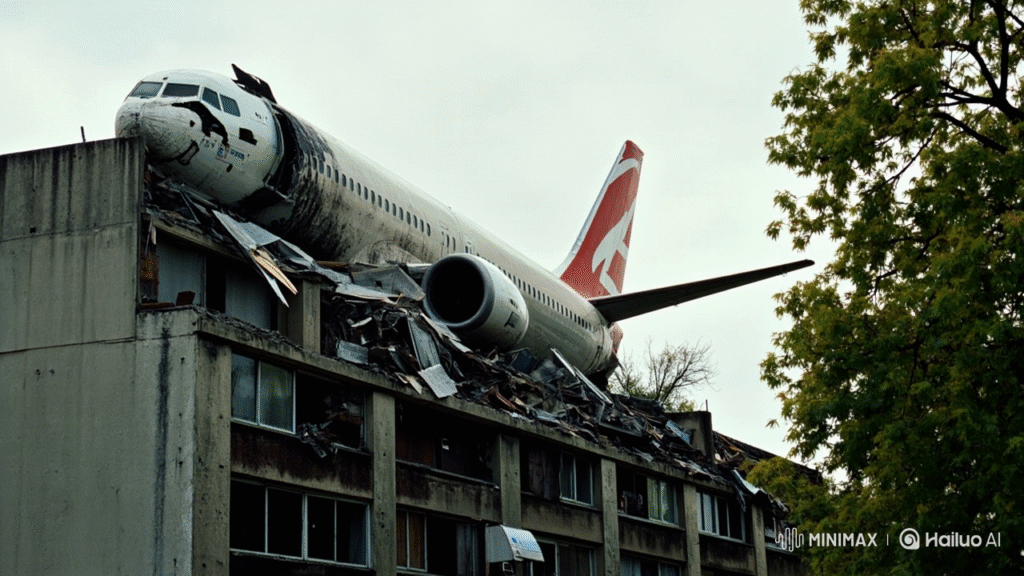
According to Flightradar24, the aircraft—a Boeing 787-8 Dreamliner—was 11 years old and had completed more than 700 flights in the past year. It frequently operated on international routes between India and Europe, including flights from Mumbai and Delhi to cities like Paris, Milan, and Amsterdam. It had made 25 trips on the Ahmedabad-London route in the past two years.
In response to the incident, India’s Directorate General of Civil Aviation (DGCA) has mandated enhanced safety checks across Air India’s Boeing 787-8 and 787-9 fleets. The DGCA called the directive a “preventive measure” while investigations are ongoing.
The Path Forward
While the recovery of the black box offers hope for answers, much remains uncertain. The AAIB, along with international teams, will analyze the flight data and cockpit recordings to determine what went wrong.
BBC Verify is closely monitoring the investigation and exploring potential causes of the crash, from mechanical failures to human error or external interference. Experts are also weighing the implications for Boeing, which has faced mounting scrutiny over aircraft safety in recent years.
As the probe continues, the priority remains on supporting grieving families and ensuring such a tragedy does not happen again.








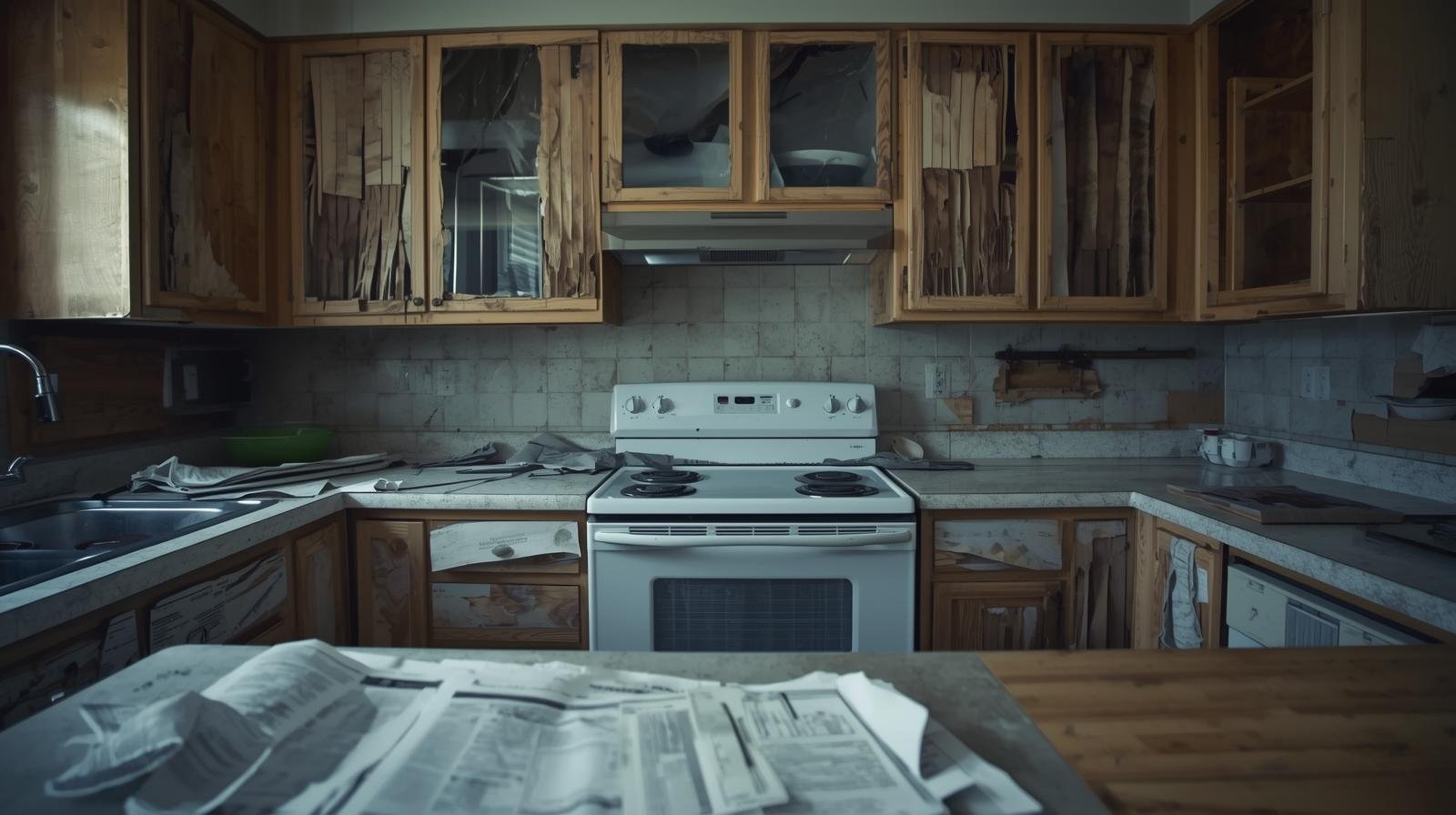
Leave a Reply